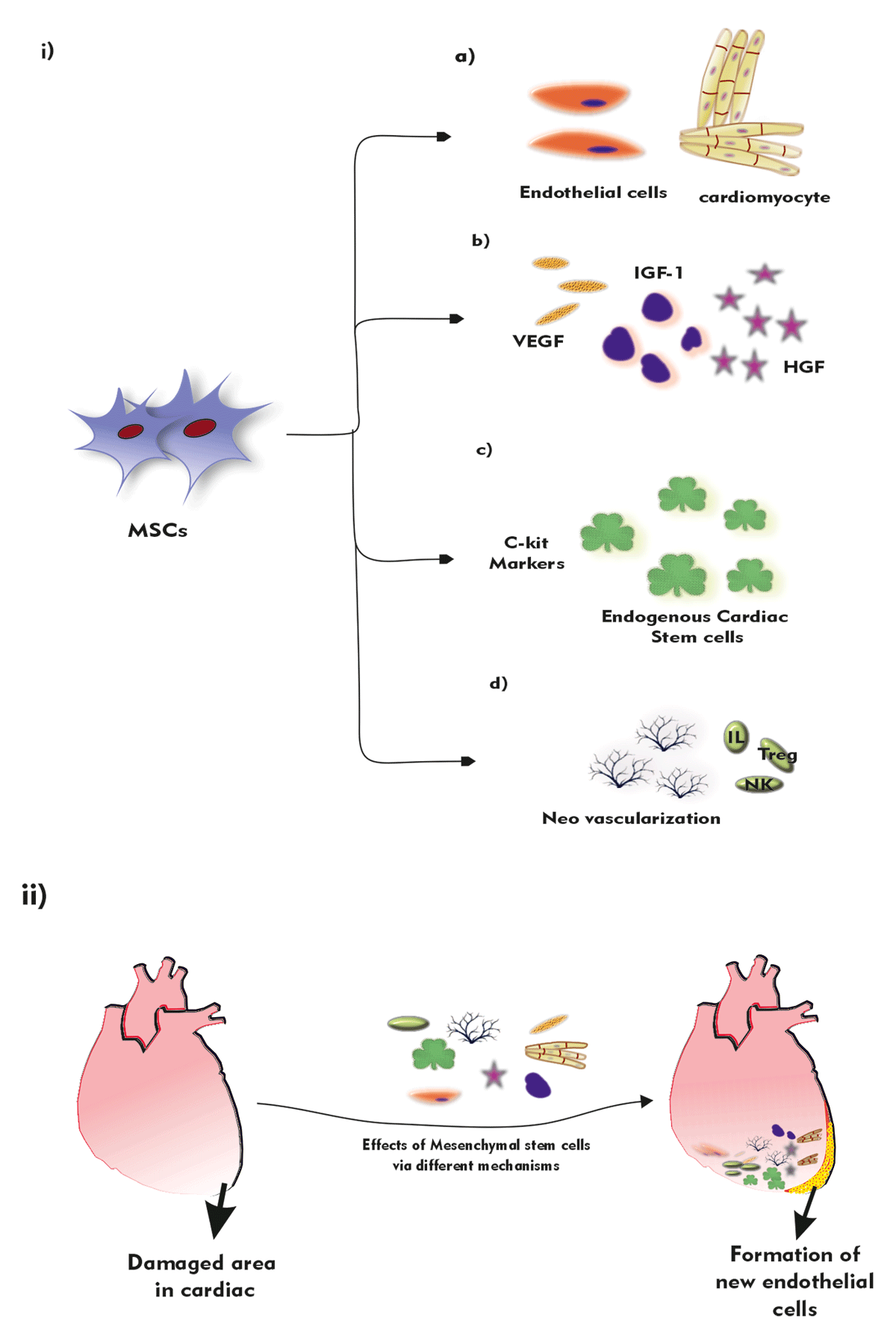Table of Contents
The writers note difficulties that remain, including increasing the engraftment success and cell survival. Due to the fact that the ISCI and Miller Institution are leaders in this area, the writers likewise worry the demand to standardize definitions and outcomes actions in the area. "The Hare Laboratory stays at the forefront of introducing new therapies in this vital medical domain name.
Now we are exploring just how to harness such stem cells to help individuals recover their own damaged hearts."The study is directed by the Cedars-Sinai Heart Institute, with the cooperation of the Johns Hopkins University, where Dr. Marbn functioned prior to joining Cedars-Sinai in 2007. The 24 patients joining the study have hearts that were harmed and scarred by heart assaults.

It takes about four weeks for the cells to increase to numbers sufficient for therapeutic usage, about 10 to 25 million. In the third and last action, the now-multiplied stem cells are re-introduced into the patient's coronary arteries during a second catheter procedure. All individuals in the research had to have knowledgeable heart strikes within 4 weeks before registering in the research job.
Later this summer season, it is anticipated that 12 more clients will certainly undergo treatments to get 25 million stem cells, while 6 extra clients will certainly be kept an eye on as controls. The first person, Kenneth Milles, a 39-year-old controller for a little building company in the San Fernando Valley, experienced a cardiovascular disease on May 10 because of a 99 percent obstruction in the left former coming down artery, a major artery of the heart.
The process to expand the cardiac-derived stem cells entailed in the research was created by Marbn when he got on the professors of Johns Hopkins College. The college has applied for a license on that particular copyright, and has certified it to a business in which Dr. Marbn has a monetary interest.

All financing was obtained from the National Institutes of Health, the Donald W. Reynolds Structure and Cedars-Sinai Medical Facility. Marbn holds The Mark Siegel Household Foundation Endowed Chair and Director of the Heart Institute.
Can stem cells help with Atherosclerosis and real results
Heart failing is an acute or chronic condition that impacts millions of people worldwide. The most typically approved techniques of therapy normally include symptom monitoring and medicine considered life, so the concern brought on by the problem is heavy. Stem cell therapy for cardiac arrest has become a new means to deal with and manage the core of the illness.
Stem cell therapy can help to minimize signs and improve the heart's pumping capability. This therapy utilizes the ability of stem cells to self-regenerate and self-heal. Following the admission of stem cell injections for heart disease, a number of systems enter into play: Stem cells for heart failure promote the development of specialized cardiac muscle cells and regrow damaged tissue, boosting the heart's pumping ability.
These are kinds of adult stem cells that are gotten from bone marrow, fat cells, and skin cells. These are the most common and well-researched types of stem cells.
These are gotten from embryos and have the pluripotent capacity to change right into any type of type of cells, including heart ones. The primary issue with these cells is that, as they are taken from embryos, they have several honest and legal restrictions and are only used in specific circumstances. for the factors mentioned over.
Next-gen support for Atherosclerosis with minimal downtime
These cells stem in the heart and are appropriate to cardiac repair. Medical Advisor, Swiss Medica doctor The application and therapy of stem cell treatment consists of 5 steps: Individuals start with an online examination with our medical consultant and are then reviewed by a cardiologist, who will certainly acquire the required clinical background, carry out blood tests, and demand imaging studies to figure out whether stem cell therapy for heart failing is a viable alternative.
We administer stem cells via pain-free stem cell injections for coronary infarction. A highly trained medical professional will infuse refined stem cells right into the bloodstream; the entire procedure takes less than an hour. After finishing the coronary infarction stem cell therapy procedures, our people will be kept an eye on for any kind of difficulties and results.
Navigation
Latest Posts
New hope for Atherosclerosis via regenerative medicine
How to access stem cell therapy for Arrhythmias
Understanding stem cell therapy and High Blood Pressure